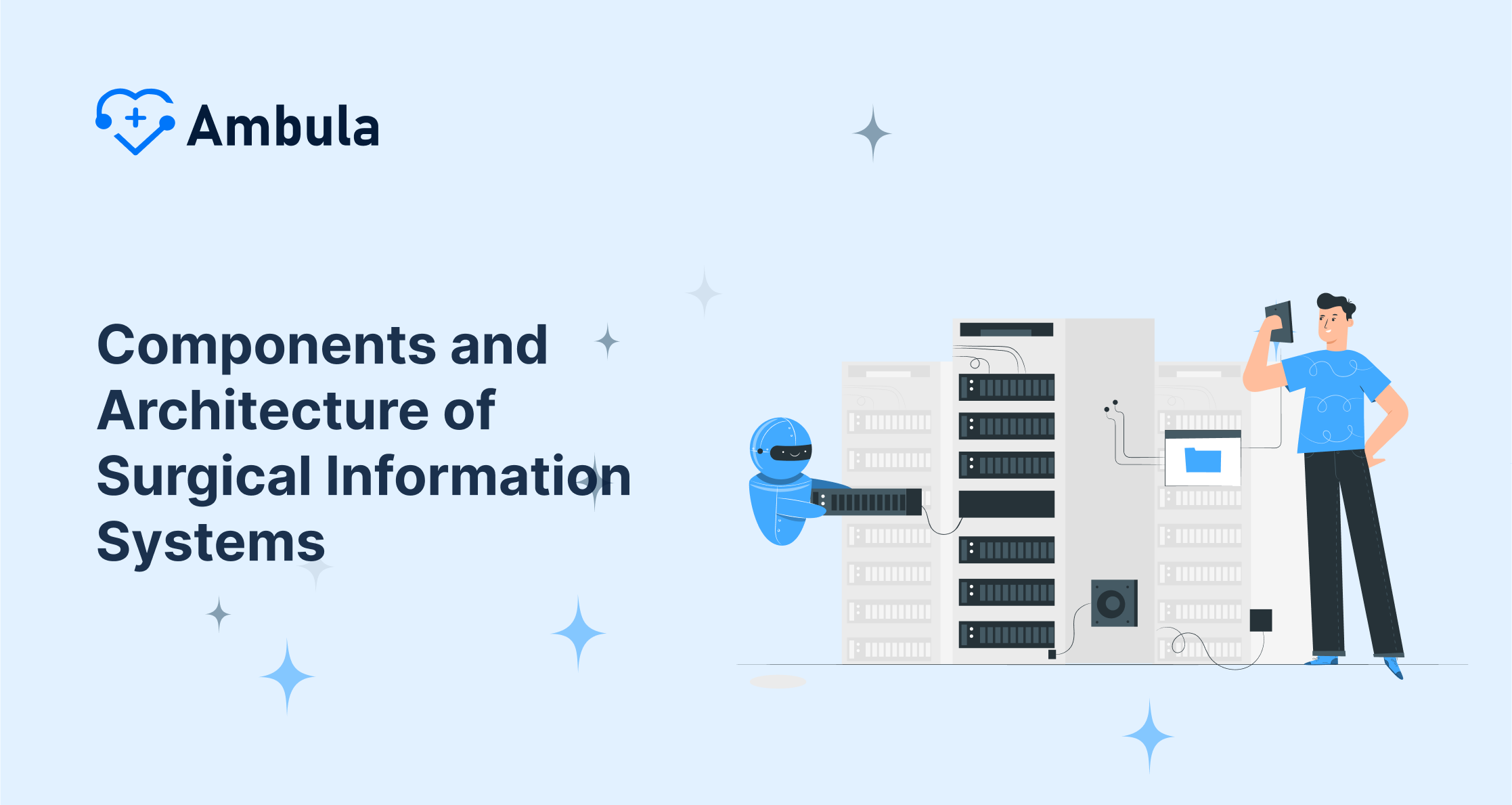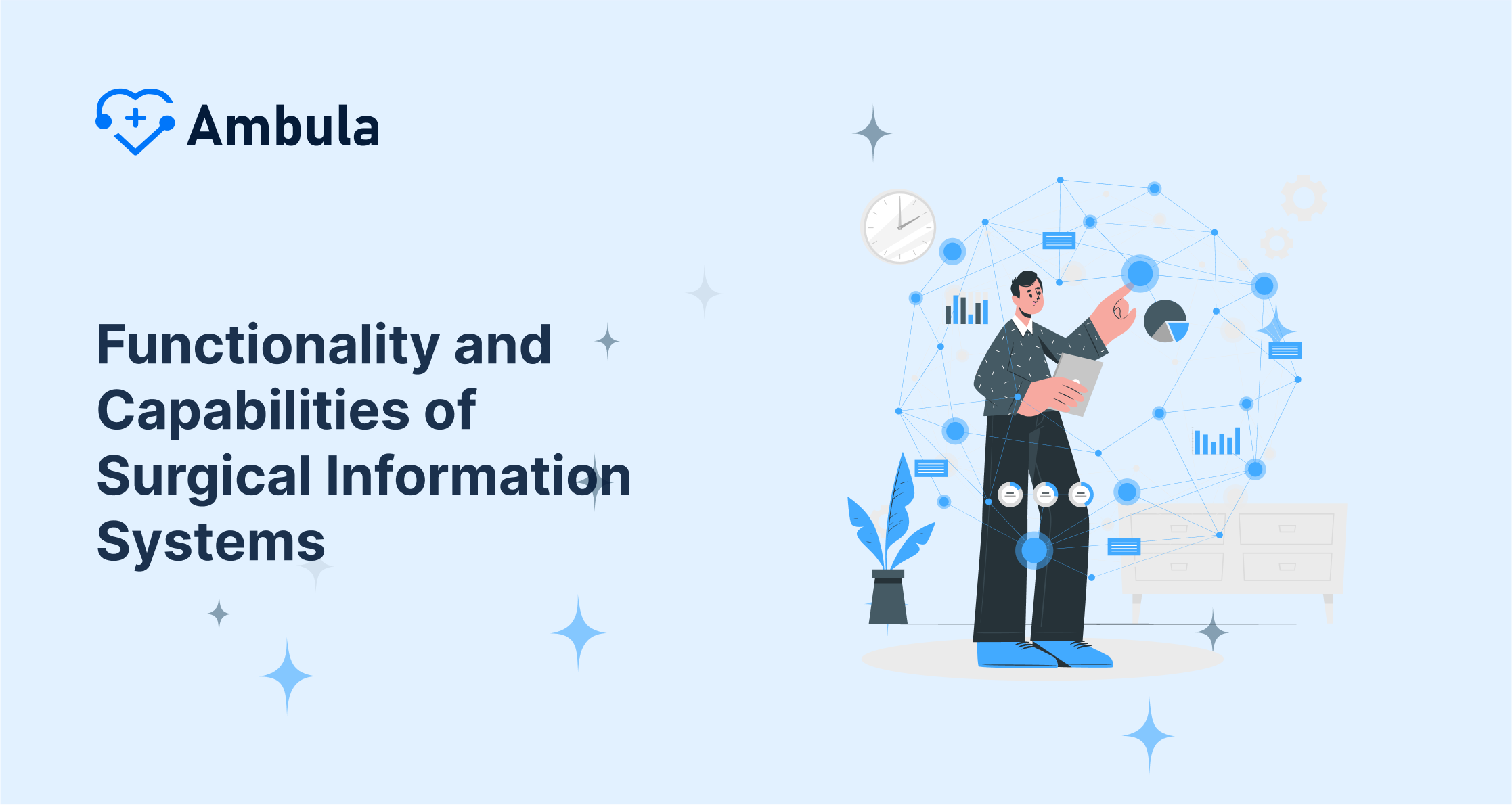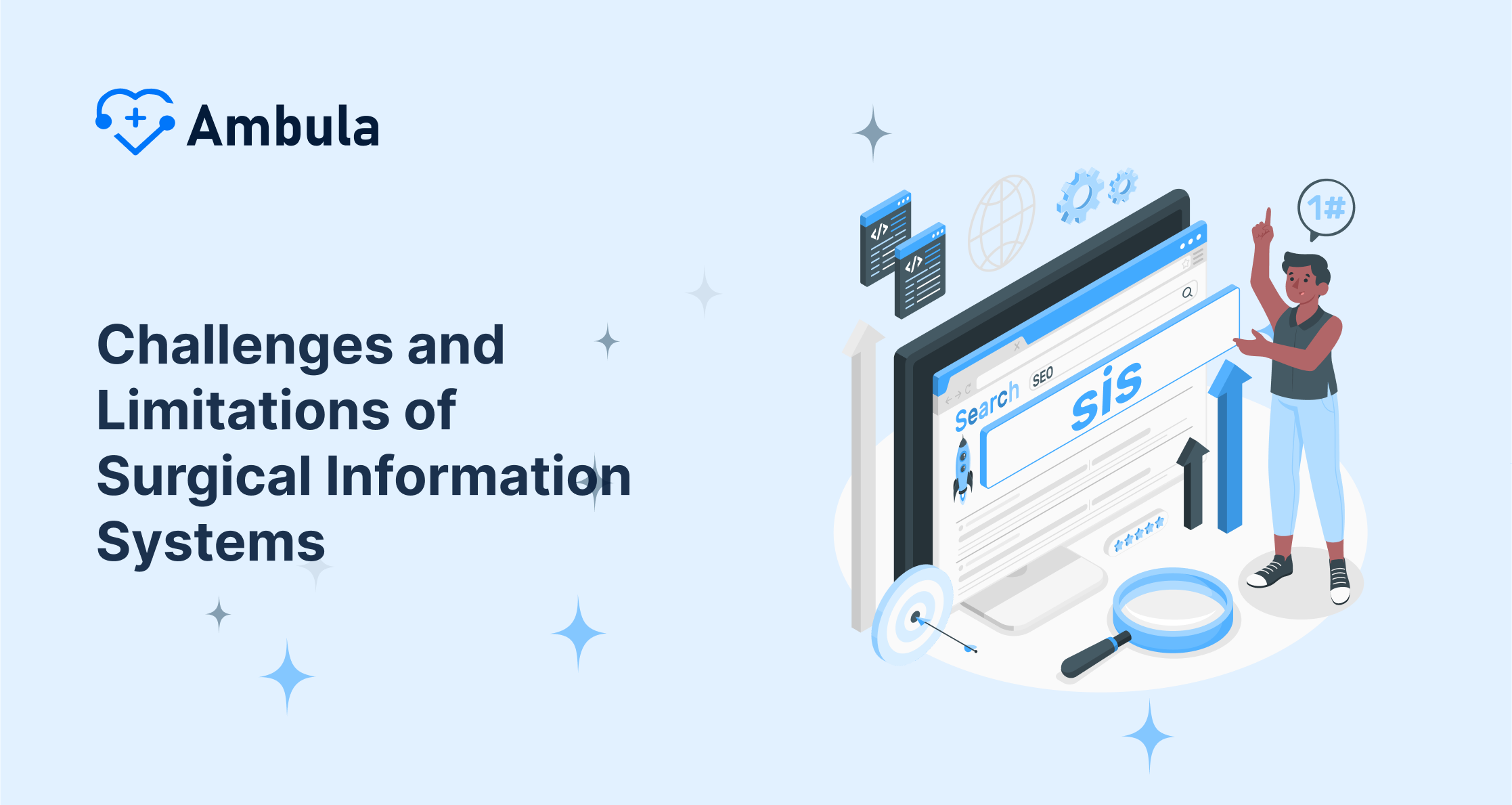Surgical Information Systems (SIS) are specialized software solutions that enhance surgical care’s efficiency, safety, and quality. They serve as comprehensive management tools that assist healthcare providers in planning, executing, and analyzing surgical procedures. SIS encompasses a variety of functionalities, including scheduling operations, managing patient data, tracking surgical inventories, documenting perioperative workflows, and facilitating billing and reporting processes. By integrating with other hospital information systems, SIS ensures seamless communication across different departments, promoting a holistic approach to patient care.
Brief History and Evolution of SIS
The evolution of Surgical Information Systems can be traced back to the late 20th century when the transition from paper-based to digital systems began to emerge within healthcare settings. Initially, these systems were rudimentary, focusing on basic digital documentation and administrative tasks such as scheduling. However, more advanced computing technologies and the increasing demand for efficient healthcare delivery catalyzed their development.
In the 1990s and early 2000s, as hospitals and surgical centers sought to improve operational efficiencies and patient outcomes, the scope of SIS expanded. These systems began incorporating more sophisticated features such as real-time surgical tracking, electronic medical records (EMR) integration, and detailed surgical analytics. The goal was not only to facilitate administrative tasks but also to enhance clinical decision-making and patient safety.
Components and Architecture of Surgical Information Systems
The development and effective operation of Surgical Information Systems (SIS) rely heavily on a complex interplay between various components and an intricately designed architecture. These systems must not only support the demanding environment of surgical procedures but also seamlessly integrate with broader hospital operations. Understanding the hardware, software, integration, and data management aspects is crucial for realizing the full potential of SIS in enhancing patient care and surgical outcomes.
Hardware and Software Requirements
The backbone of any SIS is its hardware and software framework. On the hardware side, SIS requires robust servers for processing and storing vast amounts of data, workstations or mobile devices for user access, and secure networking infrastructure to facilitate communication between devices and systems. In addition, specialized hardware may be necessary for specific functionalities, such as barcode scanners for inventory management or biometric sensors for secure authentication.
The software component of SIS encompasses the operating system, database management systems, and the SIS application itself, which includes various modules for scheduling, documentation, inventory management, and analytics. Modern SIS solutions are increasingly cloud-based, offering scalability and flexibility while reducing the burden of on-site hardware maintenance. Regardless of deployment, the software must ensure a user-friendly interface that accommodates surgical workflows’ fast-paced, complex nature.
Functionality and Capabilities of Surgical Information Systems
Surgical Information Systems (SIS) are engineered to streamline the complex processes associated with surgical care, ensuring that operations run smoothly and efficiently while maximizing patient safety. The multifaceted nature of these systems allows them to support a range of functionalities, spanning from the preoperative phase through to postoperative care. Additionally, their ability to integrate with electronic medical records (EMR) and manage scheduling and resources plays a pivotal role in enhancing the quality of surgical services.
Preoperative, Intraoperative, and Postoperative Functionalities
- Preoperative Functionality: Before surgery, SIS helps in planning and preparation by managing the scheduling of surgeries, assessing patient history, and ensuring that necessary preoperative assessments and consents are completed. It aids in identifying the specific needs and risks associated with each patient, facilitating personalized care planning and resource allocation.
- Intraoperative Functionality: During the surgical procedure, SIS becomes an essential tool for documenting the surgery in real-time, tracking the usage of surgical instruments and supplies, and monitoring the patient’s vital signs. It ensures that all relevant data, such as time stamps for critical events during surgery, are accurately captured. This real-time information assists the surgical team in making informed decisions and maintaining the highest standards of patient care.
- Postoperative Functionality: After the surgery, SIS continues to play a vital role in documenting the outcome of the procedure, managing postoperative care instructions, and scheduling follow-up appointments. It enables the seamless transition of care from the surgical team to postoperative care providers by ensuring that all relevant information regarding the surgery and recovery instructions is accurately communicated.
Documentation and Electronic Medical Records (EMR) Integration
A core capability of SIS is its integration with Electronic Medical Records (EMR), allowing for the seamless flow of patient information across different healthcare settings. This integration ensures that all data collected before, during, and after the surgery is accurately documented and readily accessible within the patient’s electronic health record. It eliminates data silos and reduces the likelihood of errors, ensuring a continuity of care that is informed by a comprehensive view of the patient’s surgical history and overall health status.
Benefits of Using Surgical Information Systems
Surgical Information Systems (SIS) have become indispensable in modern healthcare settings thanks to their profound ability to enhance the operational efficiency, safety, and quality of surgical care. By digitizing and streamlining the complex processes involved in surgery, these systems offer many benefits that impact healthcare providers and patients alike. Here, we explore some of the key advantages of implementing an SIS.
- Enhanced Patient Safety and Improved Surgical Outcomes
- Increased Efficiency and Reduced Operational Costs
- Improved Compliance with Health Regulations and Standards
- Data-Driven Insights and Continuous Improvement
Interoperability of Surgical Information Systems
Interoperability, in the context of healthcare information technologies, refers to the ability of different systems and software applications to communicate, exchange data, and use the information that has been exchanged effectively. This capability is pivotal for Surgical Information Systems (SIS) as it navigates the complex landscape of surgical care, where seamless data flow across various healthcare domains—such as diagnostic tools, pharmacy systems, and laboratory systems—is crucial for optimizing patient outcomes.
Integration with Diagnostic Tools
Diagnostic tools, including imaging systems like MRI, CT scans, and X-rays, play a critical role in preoperative planning and intraoperative navigation. The interoperability of SIS with these diagnostic tools facilitates the streamlined transfer of diagnostic images and reports directly into the SIS platform. This integration ensures that surgeons and surgical teams have immediate access to the latest diagnostic information, enabling them to make informed decisions about surgical planning, approach, and real-time adjustments during procedures.
For instance, images from a patient’s MRI scan can be directly imported into the SIS used in the operating room, allowing surgeons to reference critical anatomical details during the surgery without the need for separate systems. This not only enhances the efficiency of surgical workflow but also minimizes the risk of errors that may arise from manual data transfers.
Challenges and Limitations of Surgical Information Systems
While surgical information systems (SIS) offer numerous benefits for streamlining workflows and improving patient care, they also come with certain challenges and limitations. Here’s a closer look at some of the key hurdles:
- Usability Issues: SIS can sometimes suffer from clunky user interfaces with unclear functionalities and hidden menus. This can lead to inefficiencies and frustration for surgeons and staff who need to navigate the system quickly and accurately during critical procedures. Time spent deciphering the system is time taken away from patient care.
- Data Integration: Integrating SIS with other hospital information systems can be a complex task. Incompatibility between different software programs can lead to siloed data, making it difficult to get a holistic view of a patient’s medical history. This fragmented approach can hinder effective communication and collaboration among healthcare providers.
- Cost and Implementation: Implementing and maintaining SIS can be a significant financial burden for hospitals. The cost of purchasing software, training staff, and ongoing maintenance can be substantial. Additionally, the implementation process itself can be disruptive, requiring significant time and resources.
- Data Security and Privacy: SIS house a wealth of sensitive patient data, making them a prime target for cyberattacks. Ensuring robust data security measures are in place is crucial to prevent unauthorized access and potential breaches of patient privacy.
- Limited Functionality: While SIS offer a wide range of features, they may not always cater to the specific needs of every surgical specialty. The lack of customization options can make it challenging to tailor the system to optimize workflows for different surgical procedures.
These challenges highlight the importance of careful selection, implementation, and ongoing evaluation of SIS. By acknowledging these limitations, healthcare institutions can work towards optimizing their surgical information systems for improved efficiency, patient safety, and overall surgical outcomes.
Overall Conclusion on Surgical Information Systems
Surgical Information Systems (SIS) represent a transformative advancement in healthcare technology, bringing about unprecedented levels of efficiency, safety, and quality in surgical care.
However, the full potential of SIS can only be realized through a commitment to overcoming challenges related to system adoption, data security, and interoperability. As healthcare continues to evolve in the digital age, the importance of adapting to and embracing technologies like SIS cannot be overstated. The future of surgical care, geared towards precision medicine and personalized patient care, hinges on the effective deployment and utilization of Surgical Information Systems.
In conclusion, Surgical Information Systems stand at the nexus of technological innovation and healthcare delivery, emblematic of the strides toward a future where surgical care is safer, more efficient, and increasingly patient-centered. Integrating and optimizing SIS within healthcare institutions is ongoing, but the trajectory is clear—towards a more informed, efficient, and effective surgical practice that benefits patients, healthcare providers, and the broader medical community.





